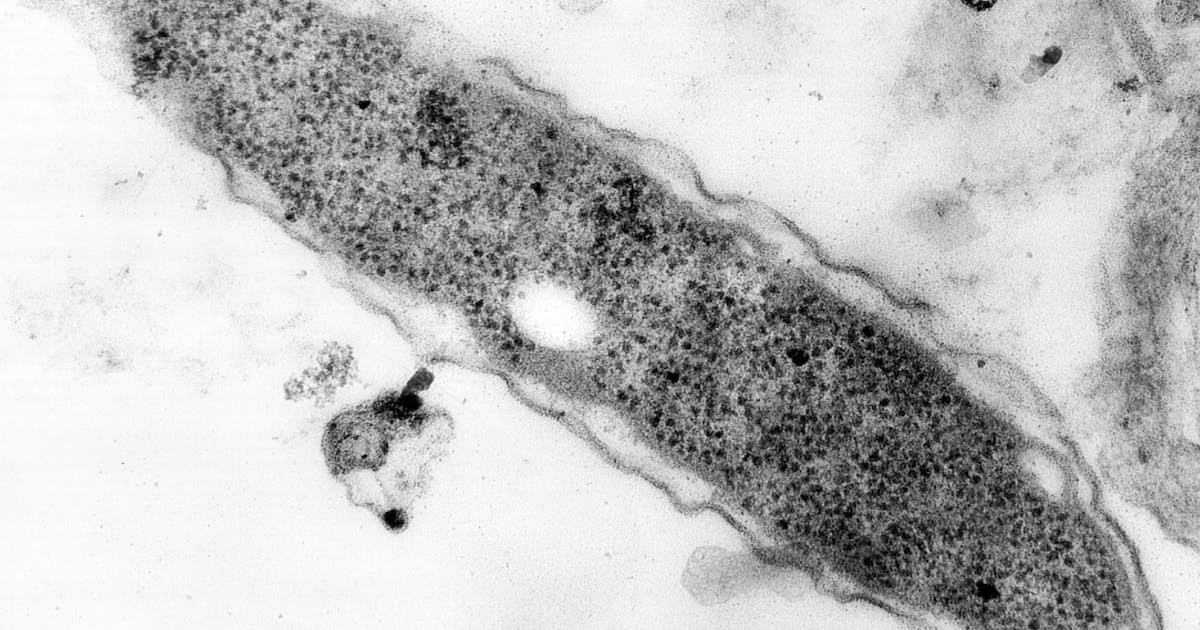Infection
Source of northern Minnesota Legionnaires’ outbreak a mystery
Five cases of Legionnaires’ disease in Grand Rapids, Minn., have public health officials searching for a common water source at fault.
The mysterious outbreak was reported Wednesday by the Minnesota Department of Health, which disclosed that all five people were hospitalized between April and mid-July with bacterial pneumonia. The cases are unrelated, other than that they involved adults 20 to 60 who lived in Grand Rapids or visited the northern Minnesota town within two weeks of their illnesses. Four were women.
Sources of Legionnaires’ disease can be tough to identify, because the infection is spread through aerosolized water and not by drinking water, food, or human-to-human contact. Prior outbreaks have involved condensation from cooling towers as well as vapor from hot tubs or decorative water fountains.
Most people exposed to the bacteria don’t get sick, but those at greater risk include the elderly, smokers, and people with chronic health conditions or weakened immune systems. The infection primarily affects the lungs, causing fever, muscle aches, coughing and shortness of breath. Nine deaths occurred out of 130 confirmed cases in Minnesota in 2021.
“People who have symptoms or are concerned about their health should contact their health care provider,” said Jessica Hancock-Allen, director of the health department’s infectious disease division.
Minnesota had reported no more than 60 Legionnaires’ cases prior to 2016, but has since reported around 90 to 150 infections per year. Some involve clustered outbreaks, but most are sporadic incidents.
One of the state’s largest outbreaks in 2016 involved two dozen people and was linked to cooling towers at a Hopkins beverage plant.

